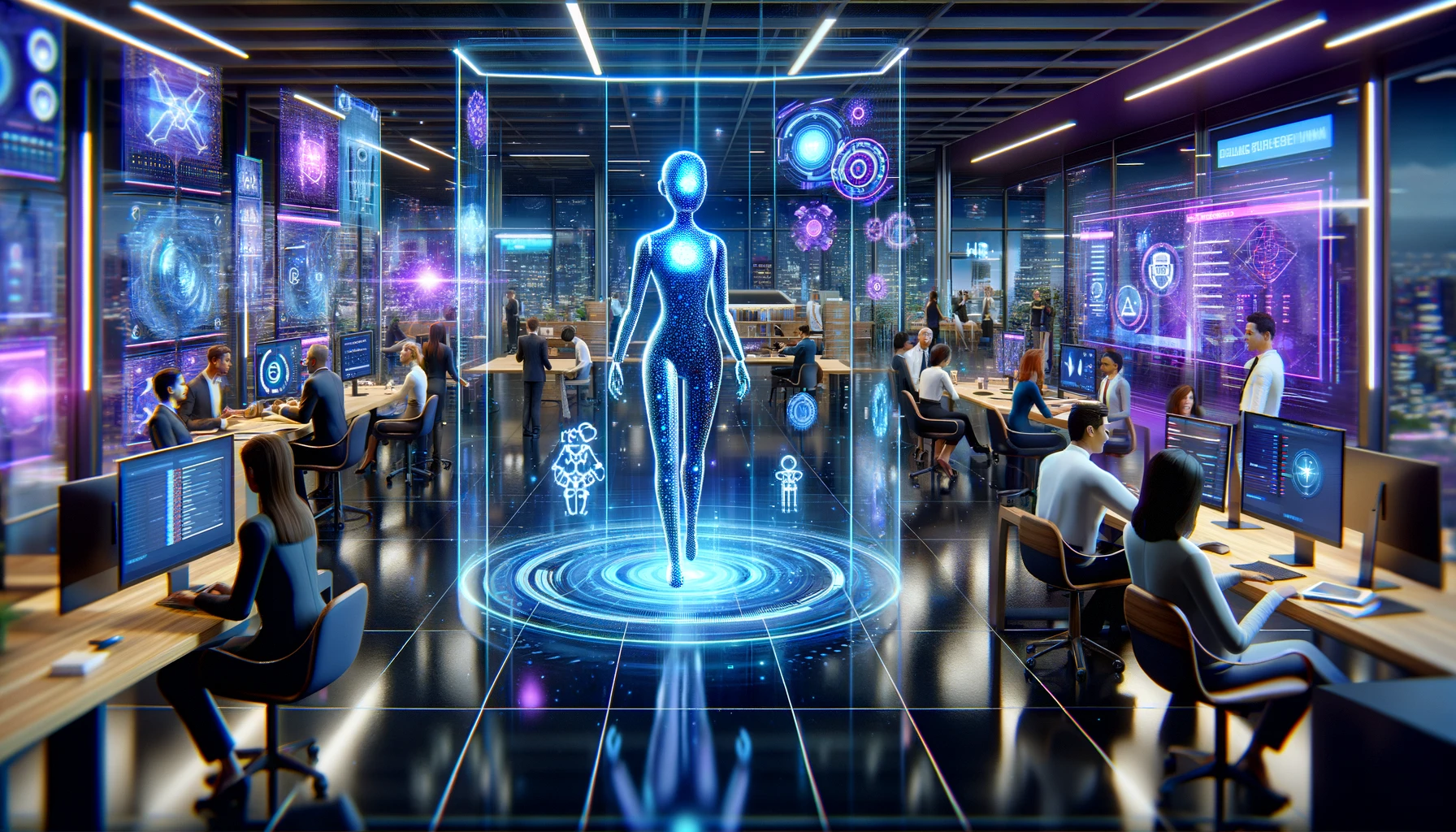 Productivity
Productivity
 Productivity
Productivity
 Productivity
Productivity
 Productivity
Productivity
 Productivity
Productivity
 Productivity
Productivity
 Productivity
Productivity
 Productivity
Productivity
 Productivity
Productivity
 Productivity
Productivity





 扫一扫
添加客服
扫一扫
添加客服




